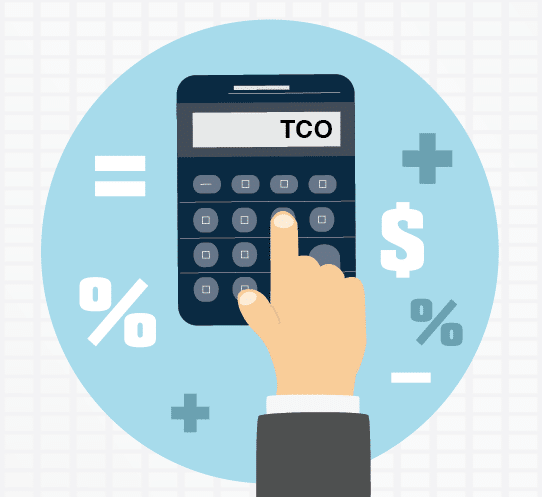Top 5 SharePoint Migration Costs
Sharepoint Migration Planning
Many companies are considering migrating Windows File Shares to SharePoint or other cloud storage for department shares. While SharePoint is not a File Server direct replacement, for smaller businesses it may make good business sense. However, what are the SharePoint Migration Costs to consider? As organizations contemplate moving file shares to SharePoint we need to consider the potential security, time constraints, risks, and cost impact. While SharePoint is great for collaborating on documents with teams inside or outside of the company, can it completely replace on-premises file server shares and be used as a file share alternative? What are the hidden costs of migrating to SharePoint?

1. SharePoint Costs
Migrating organizations to SharePoint is a complicated and challenging endeavor. Many organizations may not realize it but SharePoint is designed to be a collaboration platform – not replace file servers. Migrating file shares to SharePoint involves months of planning to sort and identify data to move from a pool of file shares that can go back years if not decades. To migrate files to SharePoint, files must converted to remove characters not allowed (for example: ~ ” # % & * : < > ? / \ { | }.) and mapped to storage libraries to stay within the SharePoint storage limits using specialized tools that must be purchased at an additional cost. The process grows even more complicated when migrating organizations with highly sensitive data, such as government agencies, with a host of stringent compliance regulations to meet. Companies will need to budget for these hidden development and deployment costs when comparing SharePoint to other enterprise file-sharing solutions. In addition, most organizations do not have the specialized skills to successfully execute a SharePoint migration and will need to budget for a vendor-certified consultant to assist in the design and migration. For organizations with many terabytes of file shares who simply desire to move to the cloud, it may make more sense to migrate them to AWS or Azure file shares where NTFS permissions and file names can be retained and where storage limits are not an issue.
2. Vendor Lock-in and Data Sovereignty
Even if an organization’s file shares can be placed in-country to meet storage location compliance regulation requirements what format are the files stored in? Are the files in a format that can be accessed even if SharePoint or internet access is unavailable? What happens if the organization wishes to move its files out of a vendor’s system? If the files are stored in a vendor’s proprietary format what will be the costs to export, migrate, and convert them to a new vendor format or back to native NTFS file shares? Most commonly with SharePoint, all files are migrated into databases with their own set of permissions that cannot be easily exported back to their original NTFS format since all metadata is lost on import. Office files may also be altered so that all external links to other files are no longer valid once they are moved outside of a vendor’s file storage. Organizations will want to think carefully about the implications of moving files to any cloud service’s proprietary format as they may find that if for any reason they desire to move to another platform the future costs of any migration will far outweigh any short-term cost savings.
3. Long Term Archiving & Backup Costs
Traditional file shares can be easily encrypted and indefinitely stored offsite in their native NTFS file format, then easily restored at any time in the future regardless of any technology changes. With SharePoint and other cloud storage, entire systems must be restored, or with most cloud vendors, deleted files are only retained for 90 days meaning additional archiving services must be purchased and paid for perpetually which store SharePoint files into long-term archives. These backup and storage costs will lead to additional support and subscription fees on top of ongoing subscription costs. To meet compliance standards and archiving requirements the costs of maintaining duplicate systems for backup and data retention will need to be factored into any overall cost estimates.
4. Future File Storage Fees
If files are stored in cloud services online that are difficult or impossible to export they will need to be maintained in SharePoint databases online. What costs will the organization incur over time as archive data is maintained online? Enterprises will need to budget for potential additional storage charges over time.
5. Training & Productivity Costs
Traditionally, users are trained to easily grab their files from a mapped drive. With SharePoint, files are stored in libraries that are accessed using a web-based interface or from within apps only. This interface looks nothing like Windows File Explorer. While there are 3rd party tools that can map cloud storage SharePoint to drive letters, they are slow, require additional administration, and may not support Two Factor Authentication, thus they cannot be used in secure environments. The costs of training and keeping employees on SharePoint systems with their many advanced features and document management requirements can be quite significant. In addition, most organizations find that they need to maintain an internal group of highly paid document management admins to enforce file storage policies and keep their SharePoint storage from turning into a mess of disorganized files haphazardly placed in libraries or folders with no classification. This administration requirement further adds to ongoing costs.